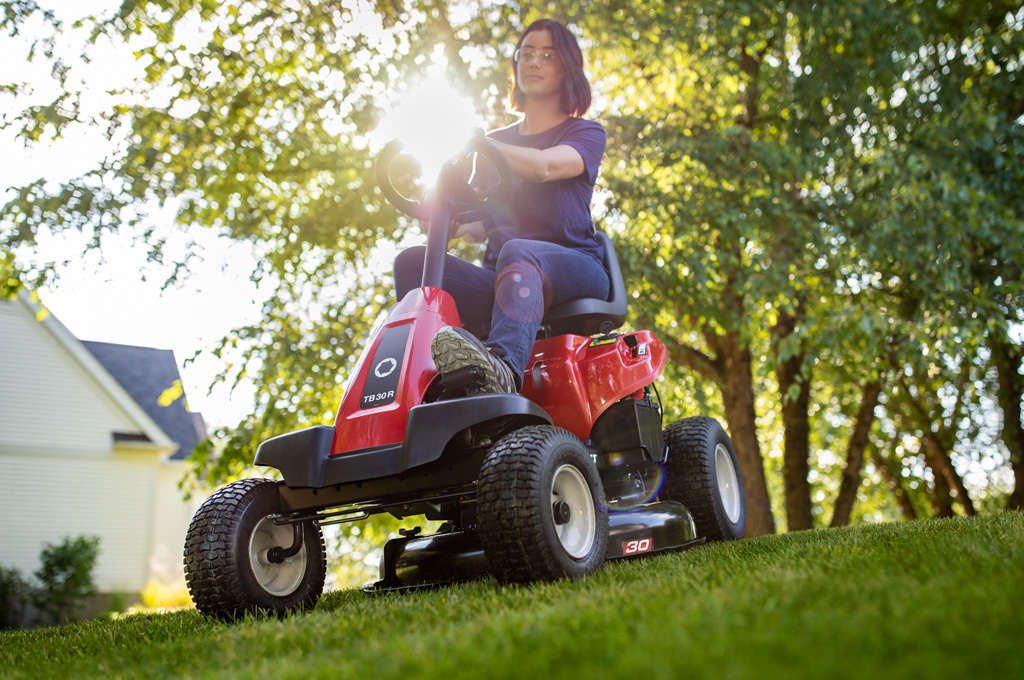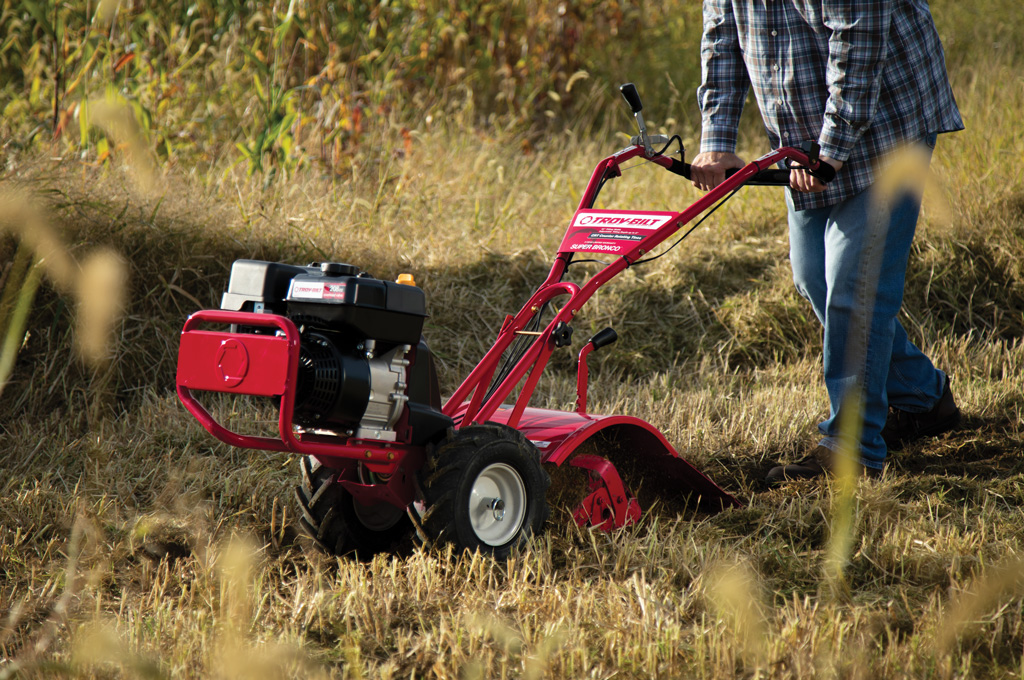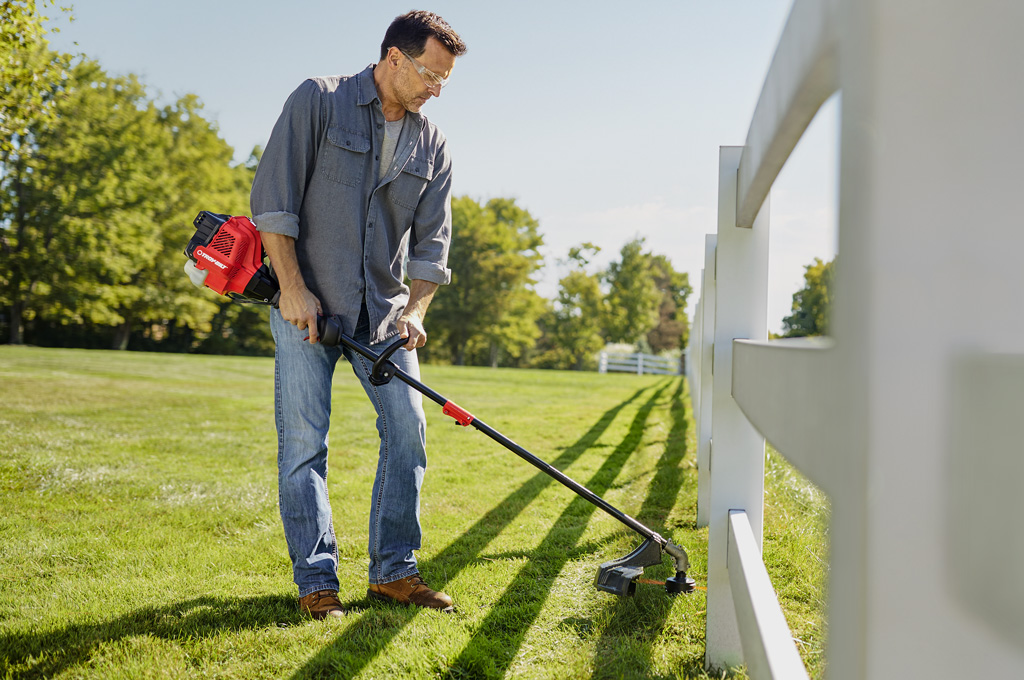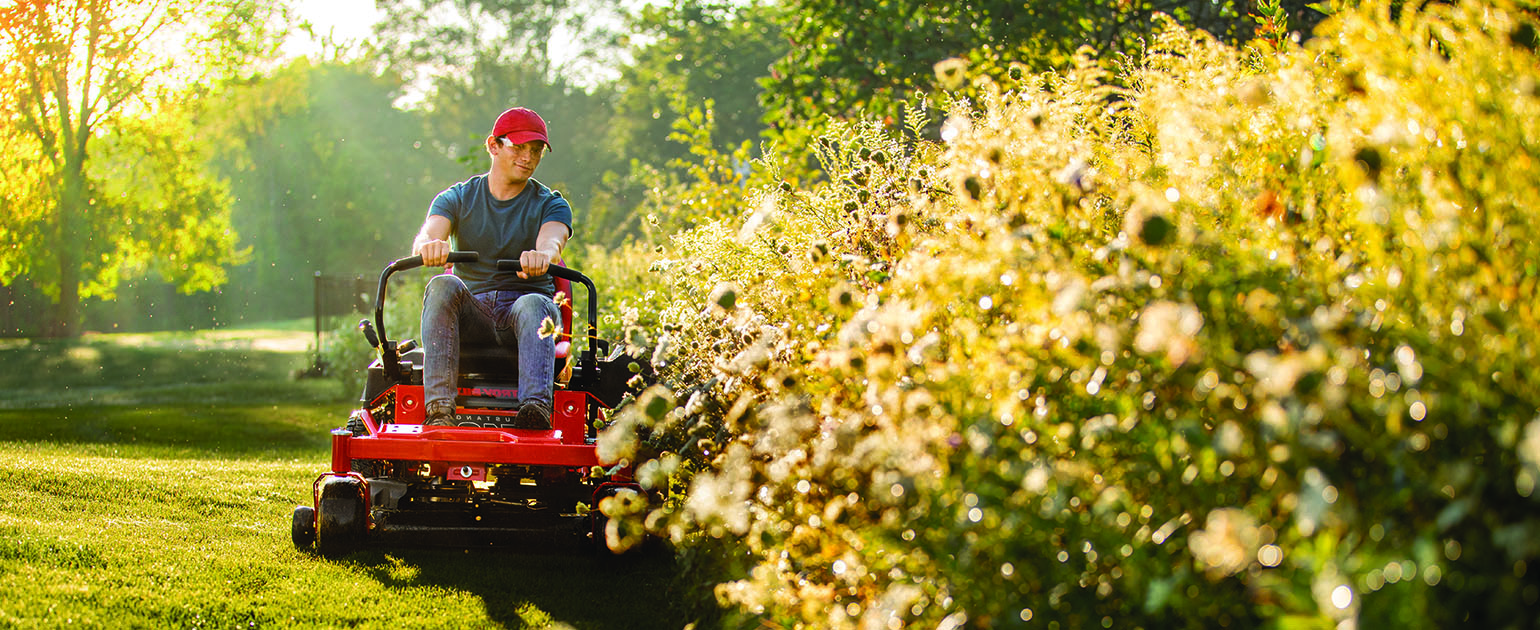
Save on Select Zero-Turn Mowers
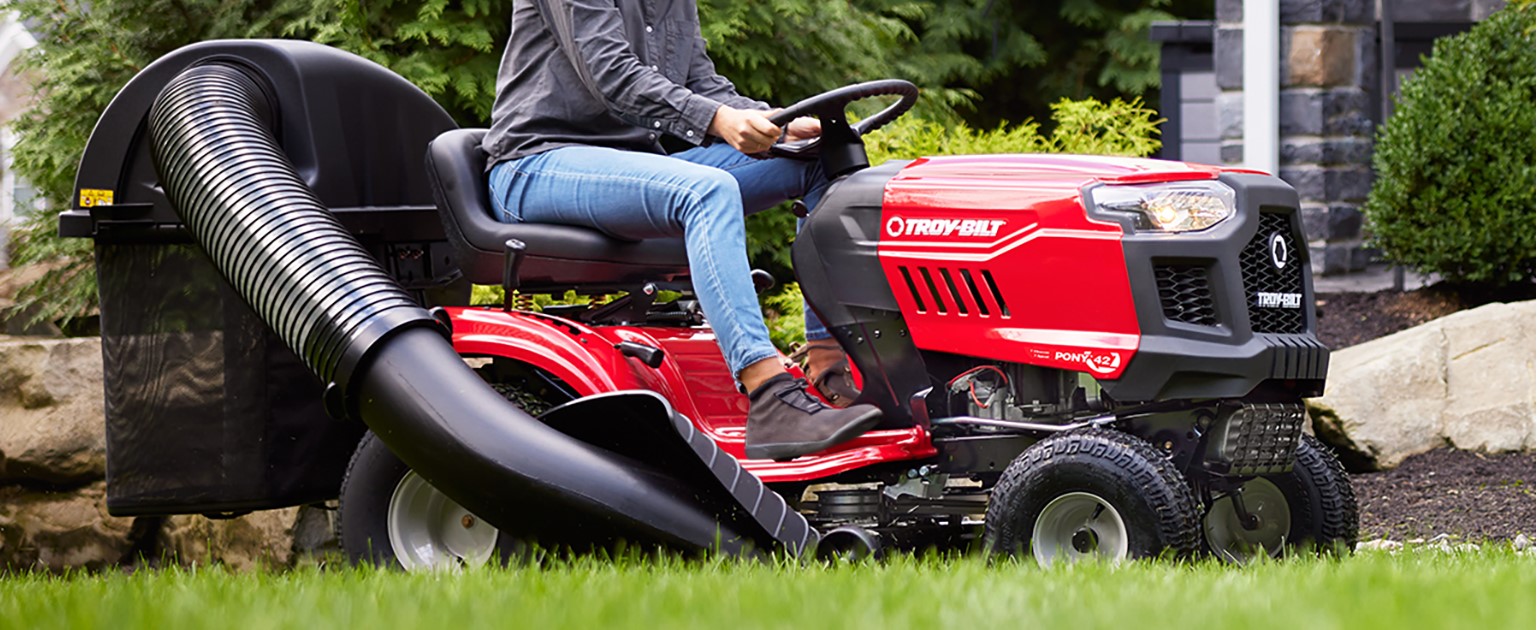
Buy A Pony®, Save A Bagger
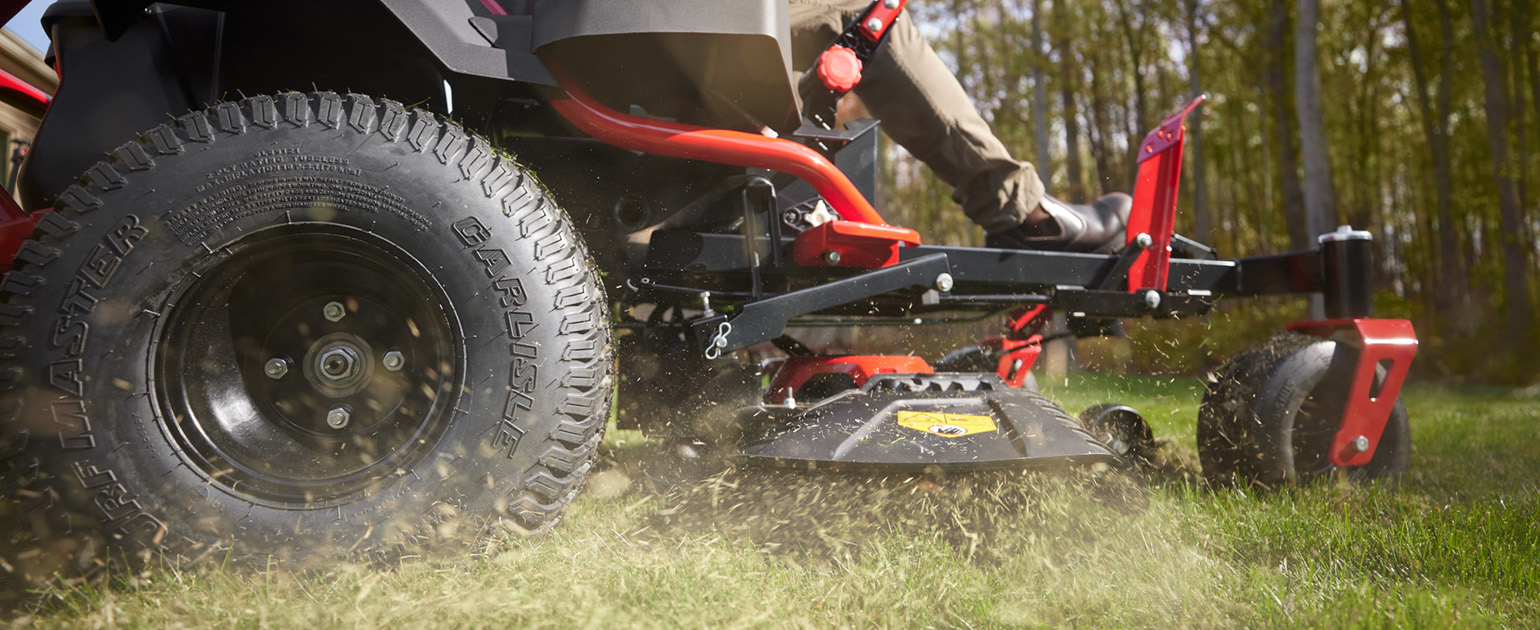
Rugged, Reliable, Electric

Troy-Bilt's Lawn Mower Buying Guide
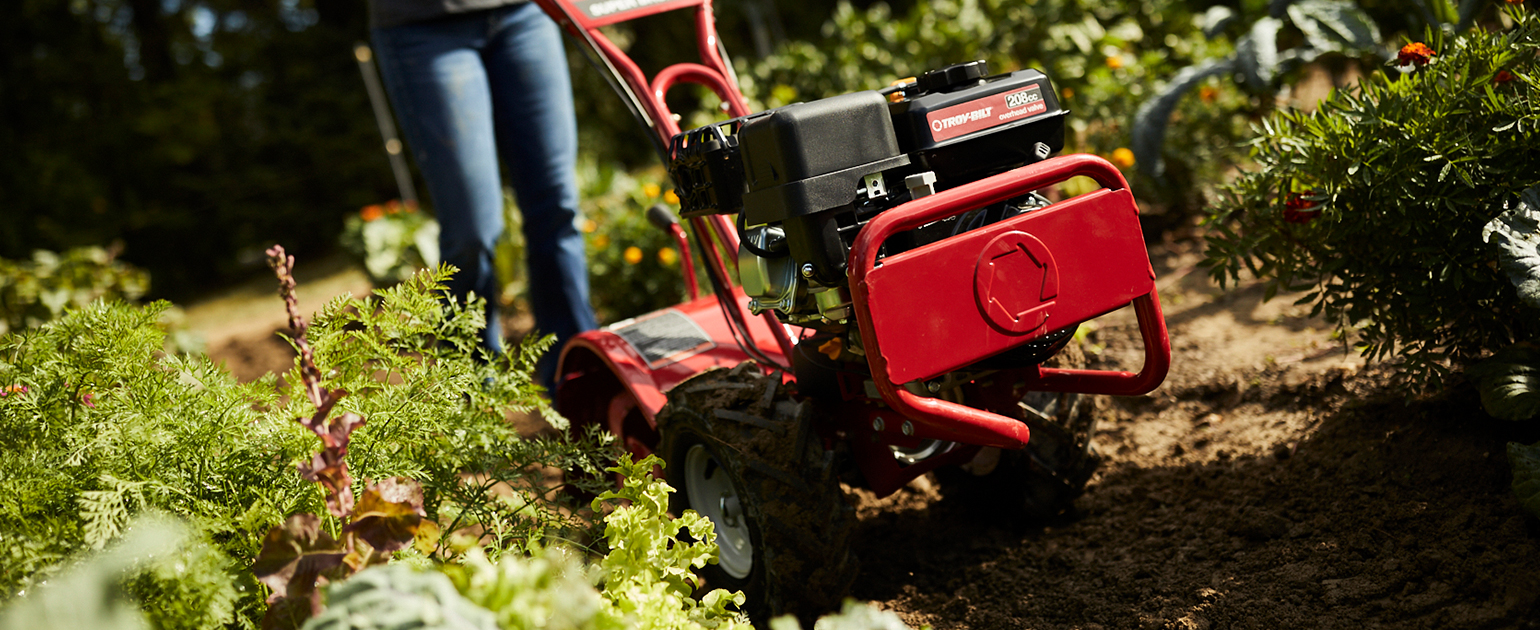
What Are the Benefits of Tilling Soil?
Shop Our Products
Every Troy-Bilt product is tested for thousands of hours so it works every time you need it.
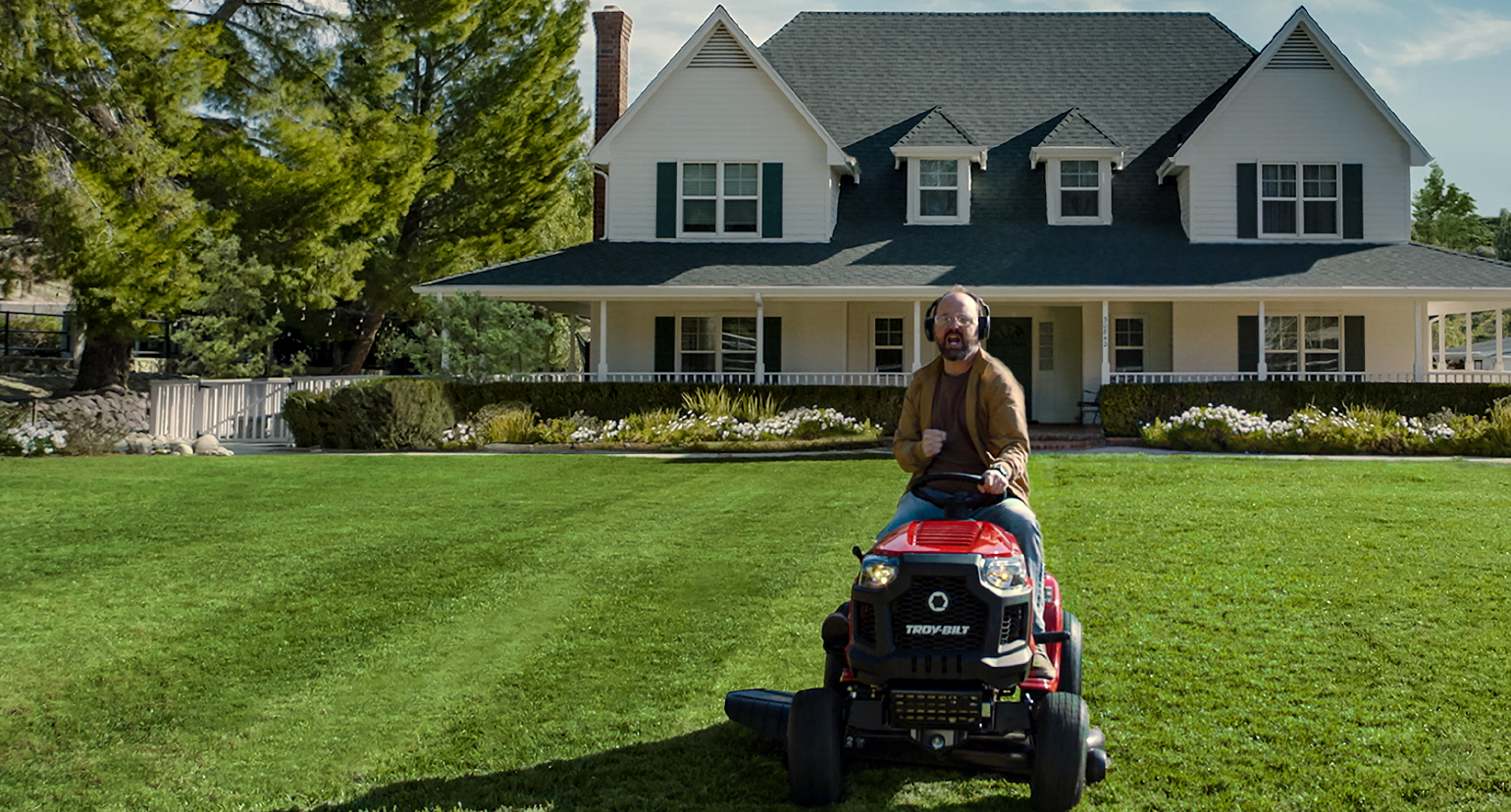
Find answers, ideas, even time to mow
Product Support
Questions about your Troy Bilt? We're here to help.Have a question? Just Ask Troy. Simple answers to your questions in the yard.
Knowing what kind of lawn mower you need will allow you to navigate your yard’s unique challenges and features while delivering a clean, finished look. Here’s how to take stock of your yard, your preferences, and how the options stack up.
Get your outdoor power equipment ready for spring with these helpful lawn care equipment and garden tool maintenance tips from Troy-Bilt.
Ready for spring? These spring lawn care prep tips help you start with cleanup, dethatching matted material, testing soil, mower prep and grass fertilization.
Before the first blade of grass is cut this spring, make sure your lawn mower is tuned up and ready for work. Don’t forget these must-do maintenance tasks.
Make Yardwork Less of a Chore
